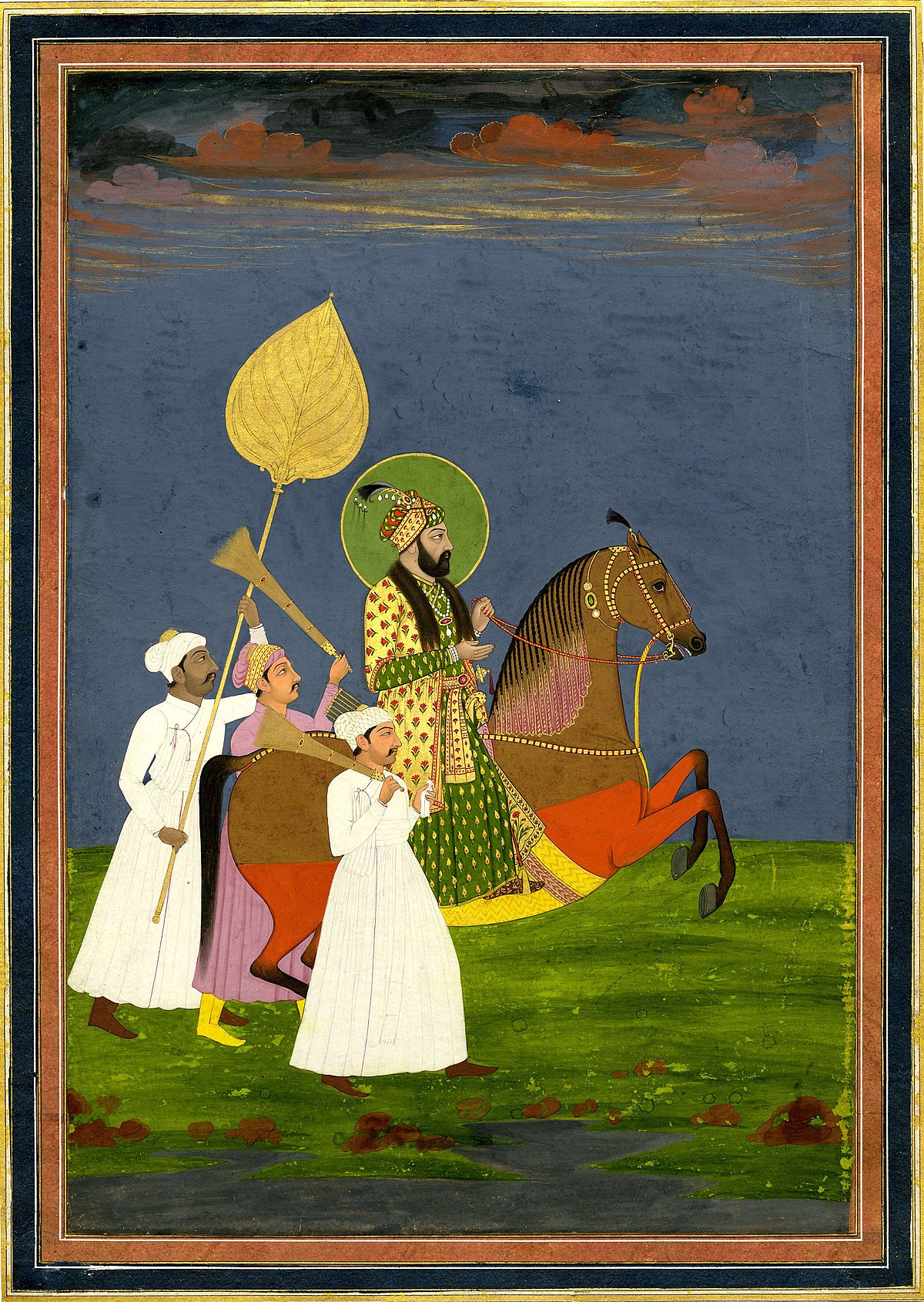
Farrukhsiyar
IndiaFollowing Jahandar Shah's defeat, Farrukhsiyar rose to power with the Sayyid brothers' support, leading to significant political maneuvering and military campaigns aimed at consolidating his rule and addressing various rebellions and challenges across the Mughal Empire.
Despite initial disagreements over positions within the government, Farrukhsiyar appointed Abdullah Khan as wazir and Hussain Ali Khan as Mir Bakhshi, effectively making them the de facto rulers of the empire. Their control over the military and strategic alliances shaped the early years of Farrukhsiyar's reign, but suspicions and power struggles eventually led to tensions within the court.
Military Campaigns and Consolidation Efforts
- Campaign against Ajmer: Farrukhsiyar's reign saw attempts to reassert Mughal authority in Rajasthan, with Hussain Ali Khan leading a campaign against Maharaja Ajit Singh of Ajmer. Despite initial resistance, Ajit Singh eventually surrendered, restoring Mughal influence in the region and agreeing to a marriage alliance with Farrukhsiyar.
- Campaign against the Jats: The rise of local rulers like the Jats, following Aurangzeb's extended campaigns in the Deccan, challenged Mughal authority. Farrukhsiyar's efforts to subdue Jat leader Churaman involved military campaigns led by Raja Jai Singh II, resulting in a prolonged siege and negotiations that eventually reinforced Mughal dominance.
- Campaign against Sikh Confederacy: The Sikh rebellion under Banda Singh Bahadur represented a significant challenge. Farrukhsiyar's response included a large military campaign that resulted in Banda Singh Bahadur's capture and execution, a brutal attempt to quell the rebellion and deter Sikh resistance.
- Campaign against rebels at the Indus River: Farrukhsiyar targeted various rebellions, including the movement led by Shah Inayat in Sindh, aiming to reestablish control over peasant uprisings and land redistributions.
Farrukhsiyar's reign was also notable for administrative and fiscal policies, including the re-imposition of Jizyah and granting trade concessions to the British East India Company. These decisions reflected the complex dynamics of Mughal governance, balancing traditional Islamic practices with pragmatic alliances with foreign powers to stabilize the empire's finances.
The relationship between Farrukhsiyar and the Sayyid brothers deteriorated over time, leading to a final struggle for power. The Sayyid brothers' ambitions and Farrukhsiyar's attempts to counteract their influence culminated in a confrontation that reshaped the Mughal political landscape. The brothers' treaty with Maratha ruler Shahu I, made without Farrukhsiyar's consent, highlighted the declining central authority and the increasing autonomy of regional powers. Assisted by Ajit Singh and the Marathas, the Sayyid Brothers blinded, incarcerated, and ultimately executed Farrukhsiyar in 1719.
